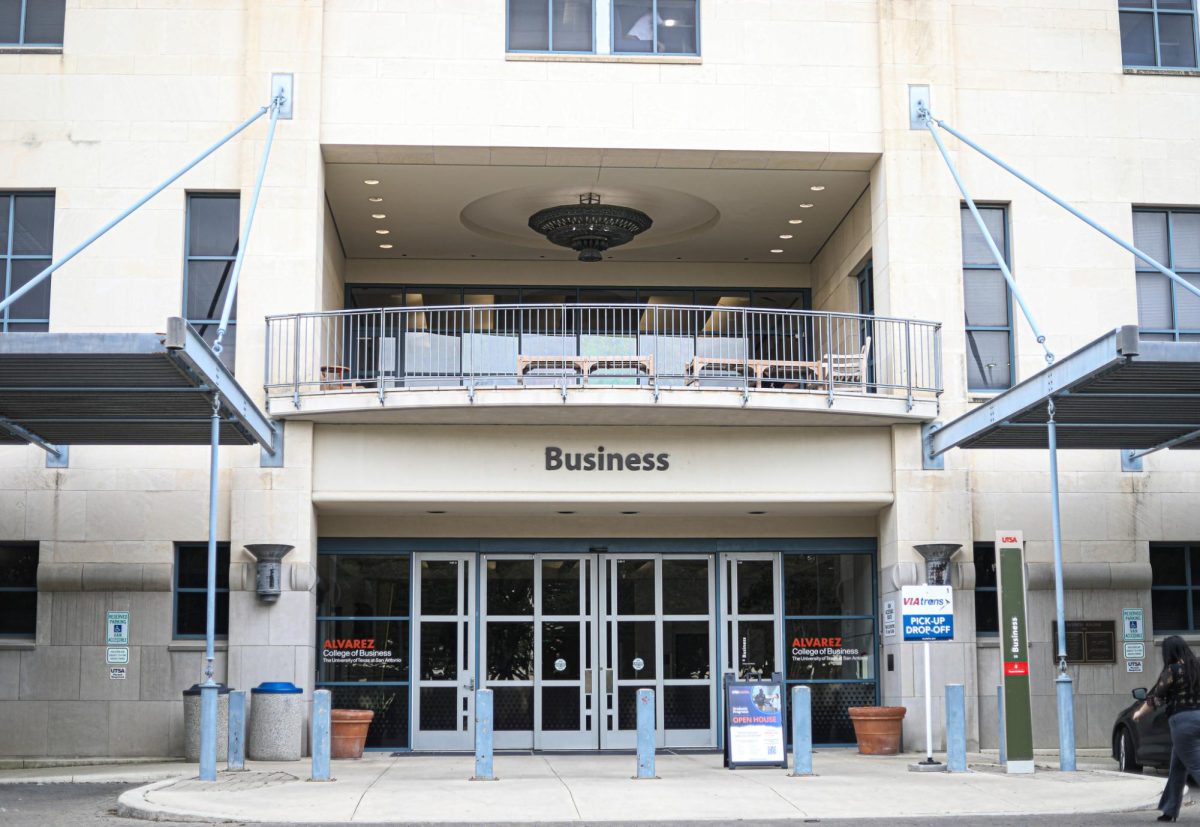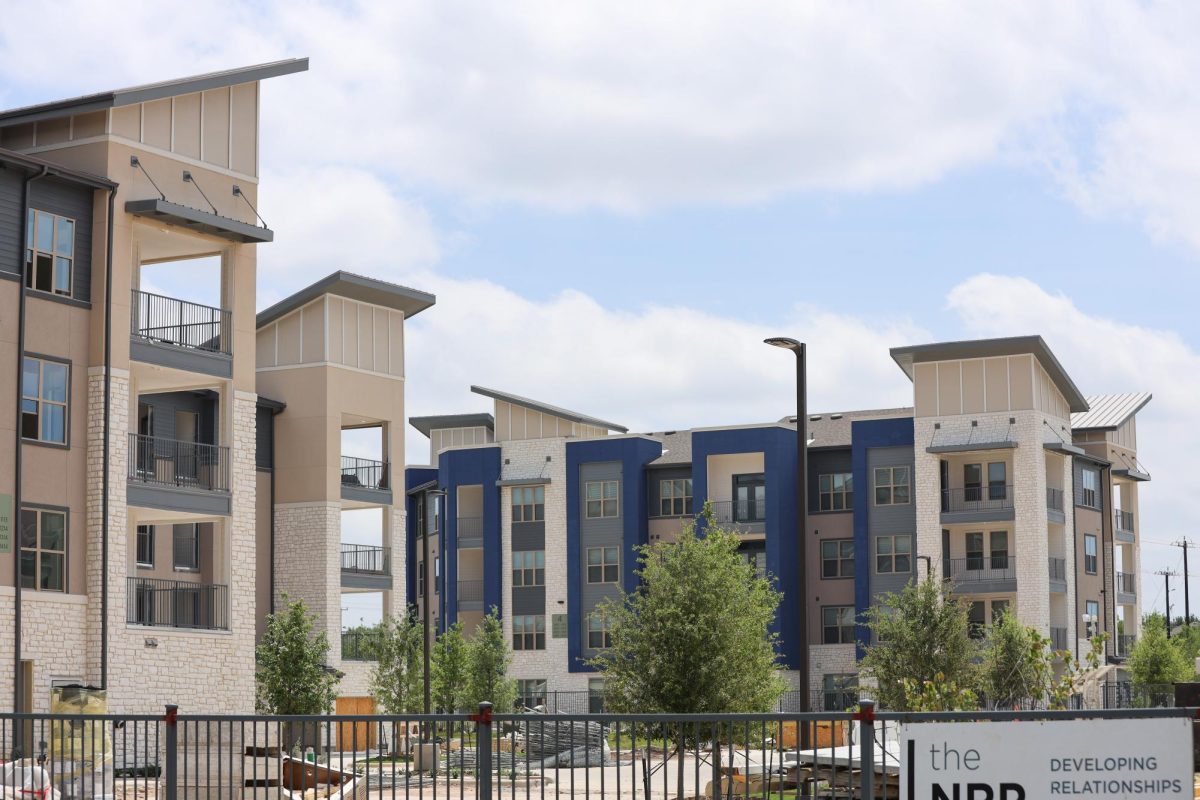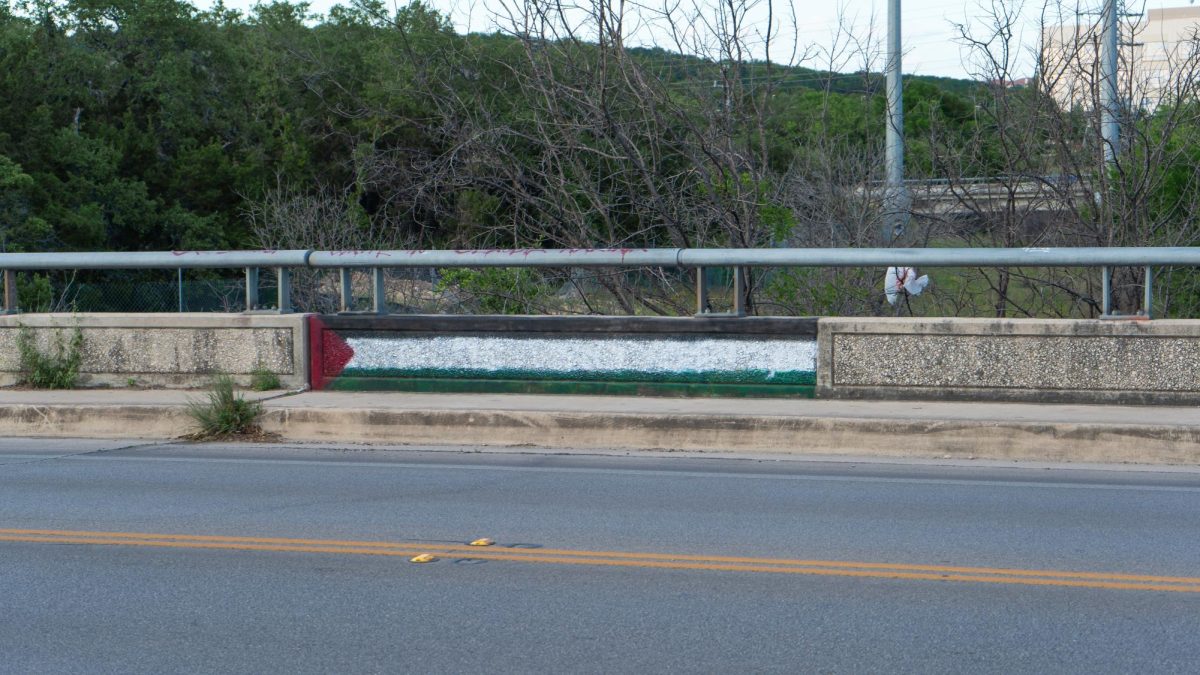
Kat Joseph, The Paisano
The law has passed, and starting in August 2016, concealed handguns will be allowed on campus. The university cannot control whether or not they will be on campus, but it does have some control over where specifically the guns will be allowed.
Senate Bill 11, commonly known as the campus carry bill, mandates that while guns may be carried on public campuses by Concealed Handgun License (CHL) holders, the university president is allowed to designate some areas as “gun-free” zones in which firearms may not be carried.
On Monday, Oct. 5, a meeting was held on campus allowing faculty to discuss what areas should be designated as gun-free zones.
This meeting was led by three members of the campus carry task force – a group assembled with the objective of determining gun free zones and making sure student safety is not compromised.
Faculty Senate President Karen Daas led the meeting. Task Force Chair, Kathy Funk-Baxter, and Task Force Vice Chair and UTSA Police Chief Steve Barrera were present as well.
Daas made it clear in the beginning of the meeting that the meeting’s purpose was to talk about the gun-free zones, not to voice one’s issues with the law.
“Whatever you think about the law is perfectly fine,” Daas continued, “but we are not going to debate it in here.”
Daas then explained the criteria for selecting the exclusion zones.
Chief among those criteria is that the task force may not make any rule that generally prohibits carrying concealed weapons. A prohibitive measures must be made to ensure and enforce campus safety.
Several areas are already under heavy consideration by the task force to be designated as gun-free zones.
Medical areas are likely candidates to remain gun-free, as are laboratory classrooms due to the highly flammable chemicals stored in many labs.
The climax of the meeting, though, was the announcement by the task force that classrooms could not be gun-free zones, with the exception of laboratory classrooms.
“We have basically been told we can’t [make classrooms gun free], because that is the vast majority of campus,” said Daas.
Because classrooms make up a large portion of campus and are the areas in which a university’s central function (teaching) is carried out, designating classrooms as gun free would be a general exclusion rule as it would keep a student from engaging in university classes, explained Daas.
Many of the faculty and staff present were unhappy with this, claiming that allowing guns in classrooms is unacceptable. The task force again stated that they could do nothing but suggest ideas to the University of Texas System. However, the task force urged staff with any suggestions of gun-free zones to email the task force at [email protected] with the area and a compelling reason that it should be gun-free. For any students who wish to provide input on the gun-free zones or other policies surrounding the university’s implementation of SB 11, there will be a student listening session in the Denman Room of the University Center (UC 2.01.28) on UTSA’s Main Campus from 4-5:30 p.m. on Oct. 14.











